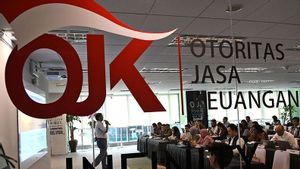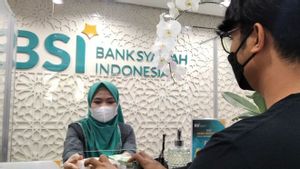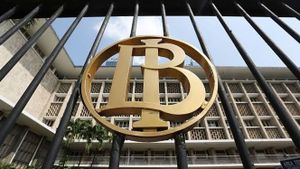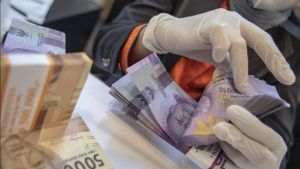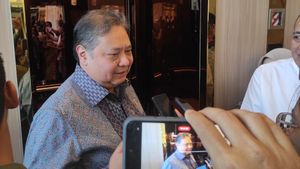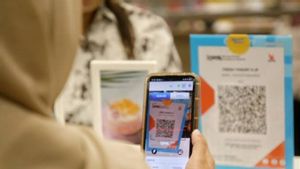JAKARTA - The role of customers and the community is important to avoid leaks and theft of data that enter through them.
Director of PT Bank Jago Tbk Umakanth Rama Pai said, one of the cyber world threats, namely fraud (fraud) which uses social engineering mode. This mode is rampant along with the massive use of social media.
"The most important thing is that people are aware of cyber risks that might threaten them. In addition, they understand how to anticipate, respond, and report them," Umakanth said quoting Antara.
Related to this, according to Umakanth, the best preventive measures are increasing public awareness and how to detect it, considering that social engineering uses fraudulent techniques to mislead people.
Meanwhile, Bank Jago itself, said Umakanth, also always educates customers and the public as well as builds awareness and a security culture.
As a technology-based bank embedded in the digital ecosystem, Umakanth said that Bank Jago protects its customers and banks from cyber threats by building a strong risk management and security system framework and perfecting sustainable anti-fraud policies and strategies.
With a strong framework, Bank Jago has preparedness and speed in identifying and responding to potential attacks.
On the other hand, Bank Jago also uses artificial intelligence (AI), thus changing the risk management approach from being adaptive to being able to recognize cyber threats from modeling threats and accurate asset assessments.
We also carry out sustainable evolution by learning from previous experiences and mapping out the latest threats. So every new product and process designed, must go through cybersecurity tests to see how vulnerable or strong it is to face cyber threats," said Umakanth.
Meanwhile, Head of Risk Southeast Asia Visa Louis Smith reminded that there are nine modes of cyber threat from three large groups of digital crimes that the public should be aware of, especially financial and banking services actors.
The first group is related to fraud, whose mode is social engineering, burglary of personal information (enumeration attacks), manipulation of tokens or digital identification (token provisioning), and hacking using malicious software (skimming and malware).
SEE ALSO:
Furthermore, the second group is related to money laundering from crimes and terrorism financing. The modes of crime include hiding, moving, and using money resulting from a crime using legal trade transactions (money launching) as well as taking over someone's account or entity to control its assets (account takeover).
Then the third group entered the cyber attack category. The mode of crime includes violations of confidential data (data thresholds), attacks that cause service failure or denial-of-service (DDoS) attack, and locking company or institution customer data to be traded.
"I think it's a big threat and right now we're talking about how easy it is for you as a consumer to be targeted," said Louis.
Finally, he also reminded every company that is often a target of cyberattacks and data breaches, especially banks, it is important to form a cybersecurity and anti-fraud team that can collaborate with each other and formulate security strategies that can ward off various risks of digital financial crime.
The English, Chinese, Japanese, Arabic, and French versions are automatically generated by the AI. So there may still be inaccuracies in translating, please always see Indonesian as our main language. (system supported by DigitalSiber.id)



